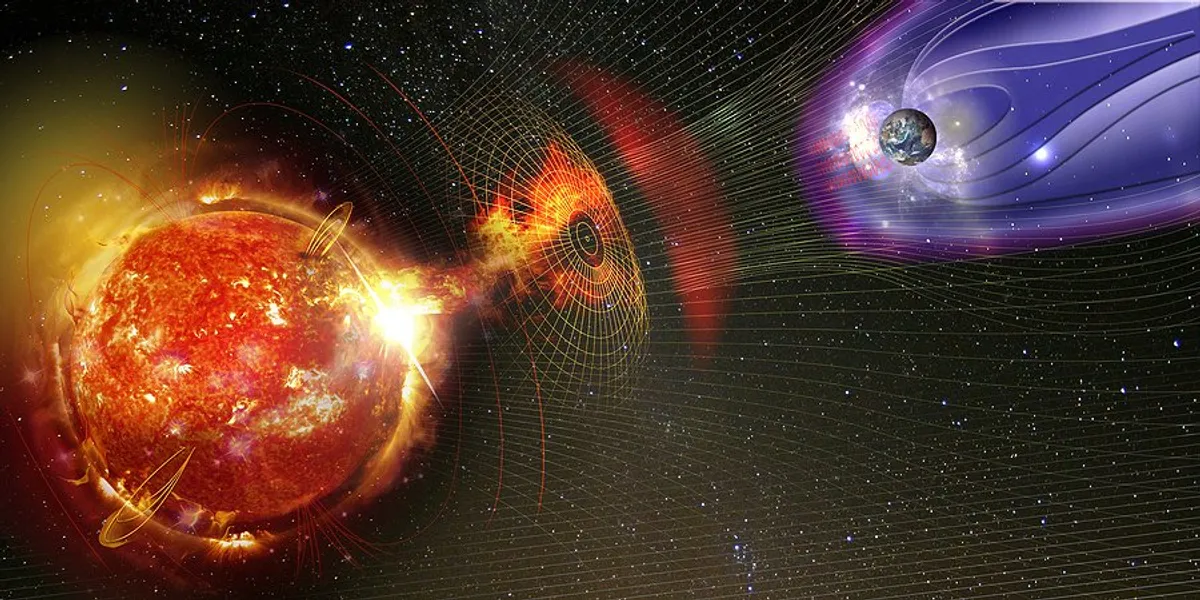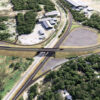On Monday, Earth experienced a powerful solar storm that could make the northern lights visible further south than usual, according to a US agency.
The National Oceanic and Atmospheric Administration (NOAA) reported that a level-four geomagnetic storm, on a scale of five, began at 1500 GMT. This storm might continue for several hours but is not expected to intensify further, NOAA stated.
The solar storm, caused by coronal mass ejections (CMEs) from the Sun, could allow the aurora to be seen faintly as far south as Alabama and northern California, NOAA noted.
Eric Lagadec, an astrophysicist at France’s Cote d’Azur Observatory, mentioned on X that if the storm persists until nightfall, there might be a chance to observe the auroras.
On Sunday, NASA astronaut Matthew Dominick shared a stunning image of the aurora borealis from the International Space Station on X.
However, geomagnetic storms can also have adverse effects, such as interfering with high-frequency communications, disrupting satellites, and overloading power grids. NOAA has alerted operators of sensitive infrastructure to implement measures to mitigate these impacts.
In May, the strongest geomagnetic storms in 20 years illuminated the night skies across the US, Europe, and Australia, reaching lower latitudes than usual. This increase in such events is attributed to the Sun nearing the peak of its 11-year activity cycle.










